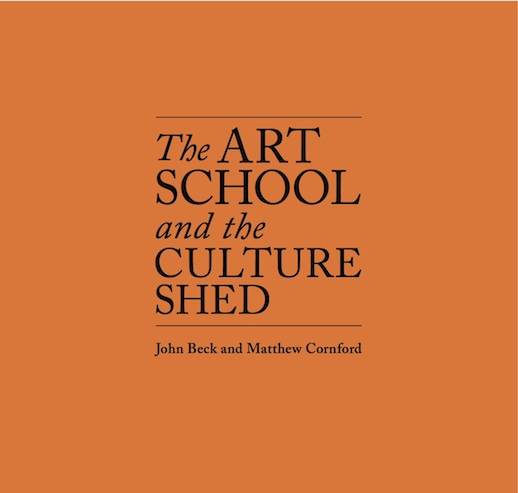Southend in the early 1960s seemed, at the time, as good as it got. Despite loathing the grammar school I attended, the compensation for wearing the green blazer and the silly cap was that my fellow refuseniks included Viv Stanshall, Mickey Jupp and the complete line-up of The Paramounts (who quickly morphed into the rather more arcane Procul Harem). In the school corridors CND badges and Young Communist newsletters were flaunted, trousers were narrowed, hair lengthened, and copies of Howl, The Outsider, and On The Road circulated from hand to hand. The proliferation in the town of coffee bars, folk clubs, seafront pubs frequented by beats and politicos, youth groups, music gigs and concerts and private parties seemed never-ending. Yet one place above all represented the epitome of revolt: Southend Art College. Its portfolio-carrying students, with their dyed hair, mascara and cloaks, army surplus greatcoats, forage caps and green fatigues, walked the streets like gods.
But Southend was not alone in maintaining a dedicated building devoted to the visual arts. As John Beck and Matthew Cornford write in their lovely study, The Art School and The Culture Shed, when there once were 28 universities in the UK, there were still 180 recognised art schools. Almost every town of any size had one, often inhabiting beautiful early 20th century Arts & Crafts, Neo-Gothic or Art Deco architectural splendours, and acting as a local gathering place of artistic and cultural life. Today, there are hardly any left, the rest having, in their words, been ‘amalgamated, relocated, re-used, closed, sold off and demolished.’ Thus the authors find themselves ‘standing among the ruins of publicly supported and publicly situated art schooling and all that might mean in terms of critical cultural enrichment and diversity.’ With faint echoes of the dissolution of the monasteries, these closures could be seen as another way of coming down hard on dissent, for it is worth remembering that the student revolt of 1968 in Britain actually kicked off at Hornsey College of Art, not amongst the sociologists.
Why did it happen? Empire-building by the new universities, keen to vacuum up every independent educational activity in their region in order to increase student numbers (and the Vice-Chancellor’s pay packet), meant that the independent art schools were absorbed or forced into large university departments as exercises in administrative and financial rationalisation. The London bias of much of the media became obsessed with the goings on at Chelsea, St Martin’s, The Slade, The Royal College of Art – and latterly at Goldsmith’s – and the rich tradition of provincial arts energy and creativity was overlooked and forgotten.
This is not the whole story however. Beck and Cornford further suggest that at exactly the time the art colleges were being closed down, provincial towns and cities were simultaneously trying to work out how to attract inward investment. Many were sold the idea of ‘cultural regeneration’, via new multi-media buildings surrounded by private apartments and chain coffee shops all intended to create ‘a rich and exciting cultural quarter’ wherever they got off the ground. While some have worked, others have proved to be financial, as well as architectural, disasters. Beck and Cornford home in on Will Alsop’s £70 million cultural centre in West Bromwich, The Public, which closed before it even opened so to speak.
It is probably too late to turn back the clock, and re-invent the art colleges of old. The forces acting against local economies and local cultures are more powerful than ever. The big idea of 1990s municipal cultural policy – that every town could have its Lower East Side, Parisian left bank or European café culture – now seems risible. More dispiriting has been that the once lively connection between radical art and radical politics – or the very idea of a provincial counter-culture – now seems attenuated, though punk did its best for a while. But never say never. So what happened to the Southend Municipal College and Art School which once upon a time was the object of our most radical longings. It is now an HSBC Bank.
The Art School and the Culture Shed, by John Beck and Matthew Cornford, Kingston: Centre for Useless Splendour. £6 + £1.50 p&p from: sarah.rowles@q-art.org.uk
